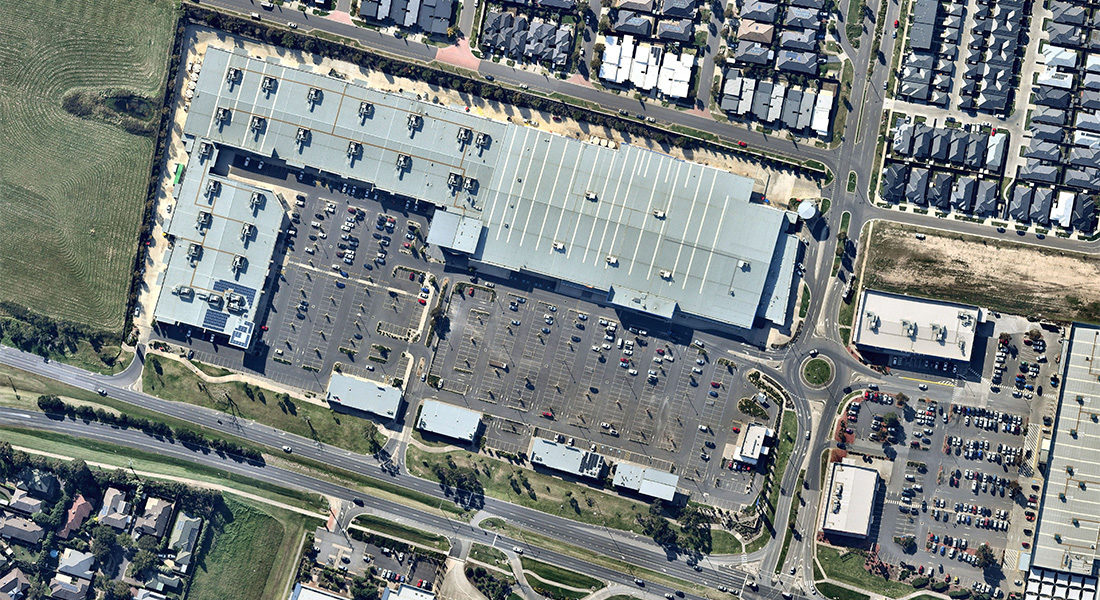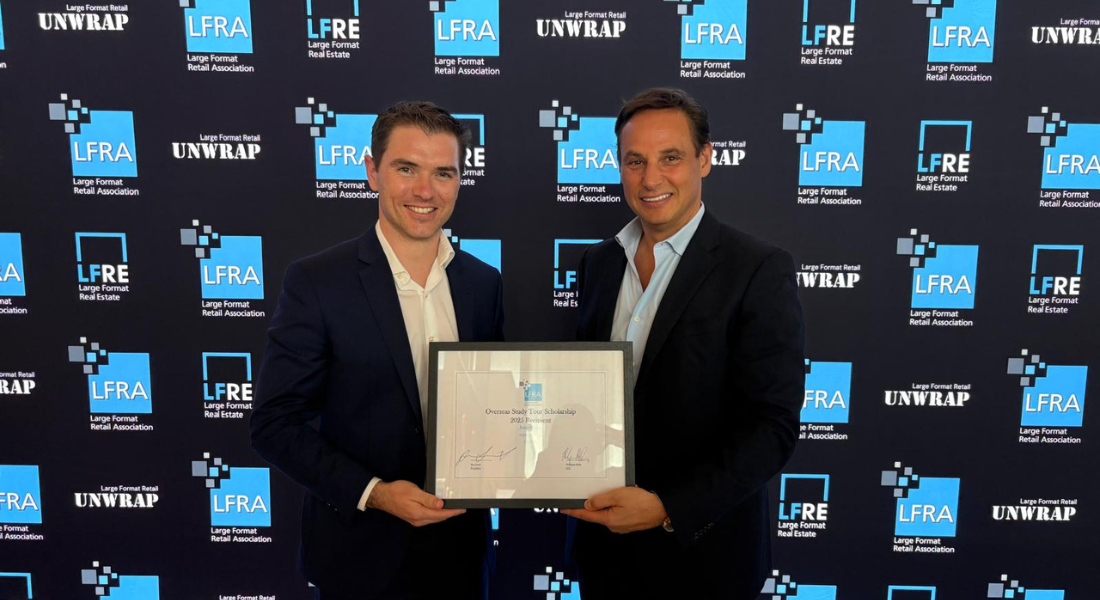New Melbourne Industrial and Commercial Land Use Plan

New Melbourne Industrial and Commercial Land Use Plan
In April, the Department of Environment Land Water and Planning (DELWP) released the final version of the Melbourne Industrial and Commercial Land Use Plan (MILCUP). This followed a brief consultation period in November and December 2019, where a total of 104 submissions were received by DELWP.
The MICLUP will have significant implications for future land supply and permissible uses decision making. This will be relevant to all commercial and industrial landowners and business operators with changing land use needs. The Large Format Retail sector is likely to be at the forefront of these impacts, particularly in Melbourne urban growth areas.
Ethos Urban assisted the Large Format Retail Association (LFRA) with the preparation of a submission to the MICLUP in December 2019 raising several concerns with the draft version of MICLUP. Many of the submission points made by the LFRA are now reflected in the final version of the plan, including the correct use of the land use term Large Format Retail and greater consideration of the existing land uses and the specific needs of the sector in budgeting for land supply.
MICLUP Structure
MICLUP establishes a hierarchy for all commercial and industrial areas in Melbourne. The hierachy includes:
State-significant industrial and commercial areas that are identified in the Metropolitan Planning Strategy (Plan Melbourne), including State Significant Industrial Precincts (SSIPs), the central city, and Metropolitan Activity Centres.
Regionally-significant industrial and commercial areas are those that contribute significantly to local and regional economies, and those identified in Growth Corridor Plans. Commercial areas include places identified in Plan Melbourne as Major Activity Centres as well as growth area business with residential precincts identified in Growth Corridor Plans.
Locally-significant industrial and commercial areas include industrial land not identified as being of state or regional significance as well as commercial land in neighbourhood activity centres and other small local centres.
The plan stipulates that that Councils are best placed to determine how local industrial areas are to be planned for and provides draft guidance for the development of local industrial land use strategies. Planning for State and Regionally significant areas will remain largely with DELWP or relevant state planning agencies, such as the VPA.
Implications for Large Format Retail
MICLUP sets out a clear process for the relevant planning and government agencies to achieve its long term aims. These processes are based largely on the hierarchy of land already discussed.
The new designations for State and Regionally significant areas make changes to planning controls in these areas less likely. While this provides certainty for landowners and tenants, it will also add an additional layer of assessment for consideration of rezoning of land in these precincts.
As a result, landowners may focus their efforts on seeking changes to controls in Locally-significant areas. Councils are required to ensure their planning policies for activity centres and industrial land are up to date, and revisions to existing policies and strategic plans may present opportunities for landowners to advocate for change.
The plan’s implementation actions provide a strong footing for the LFRA and its individual members to continue to engage with both DELWP and Councils to advance the needs of the sector and particular site owners or business operators. Importantly, the plan provides opportunities for key stakeholders such as the LFRA and its members to contribute to refinements in the plan and planning controls in its implementation. Potential refinements include the methodology used to calculate the supply and demand for industrial and commercial land and changes to the existing planning zones to consider a wider range of uses within industrial zones such as Large Format Retail.
There are a number of the issues the LFRA will continue to advocate for on behalf of its members.


Paul Beatty, Director & Henry Wallis, Senior Urbanist, Ethos Urban




